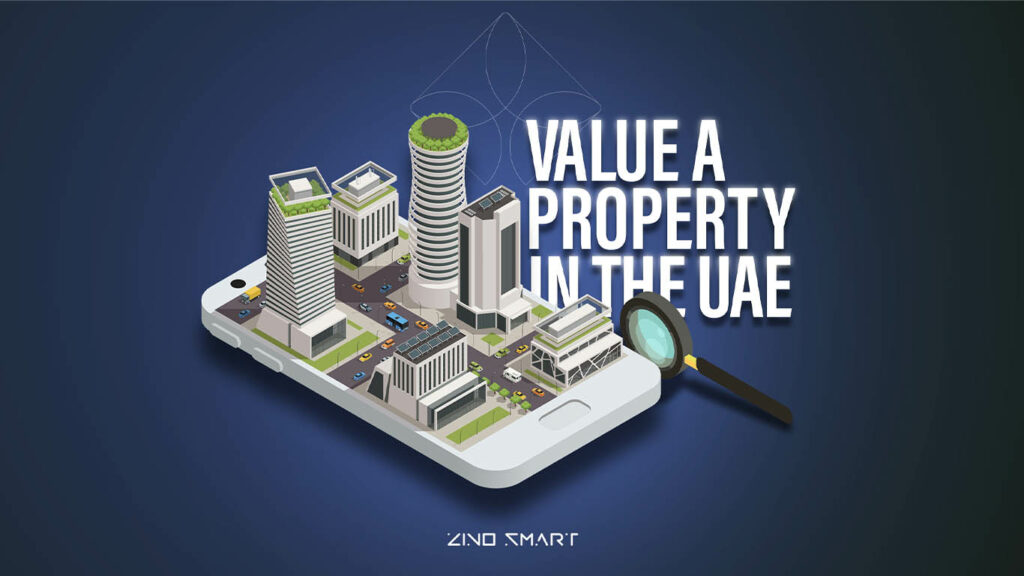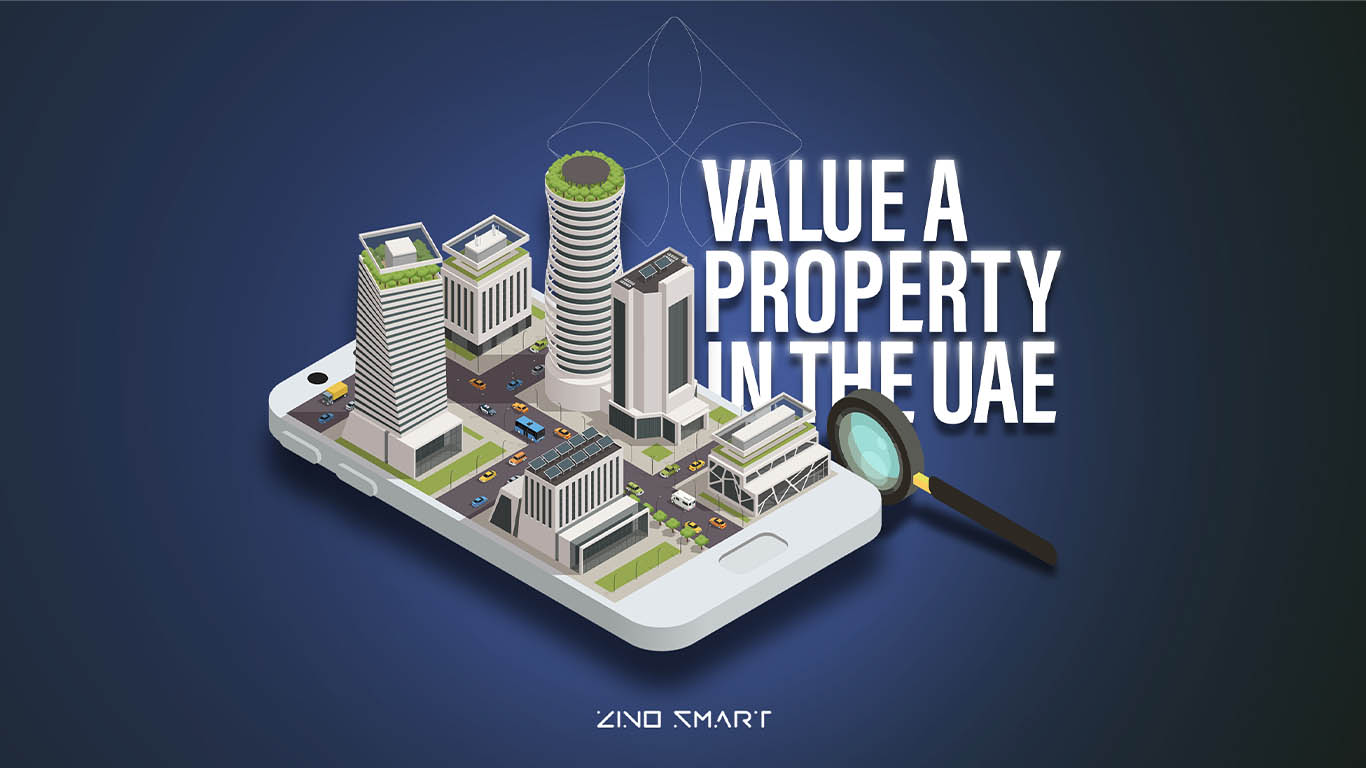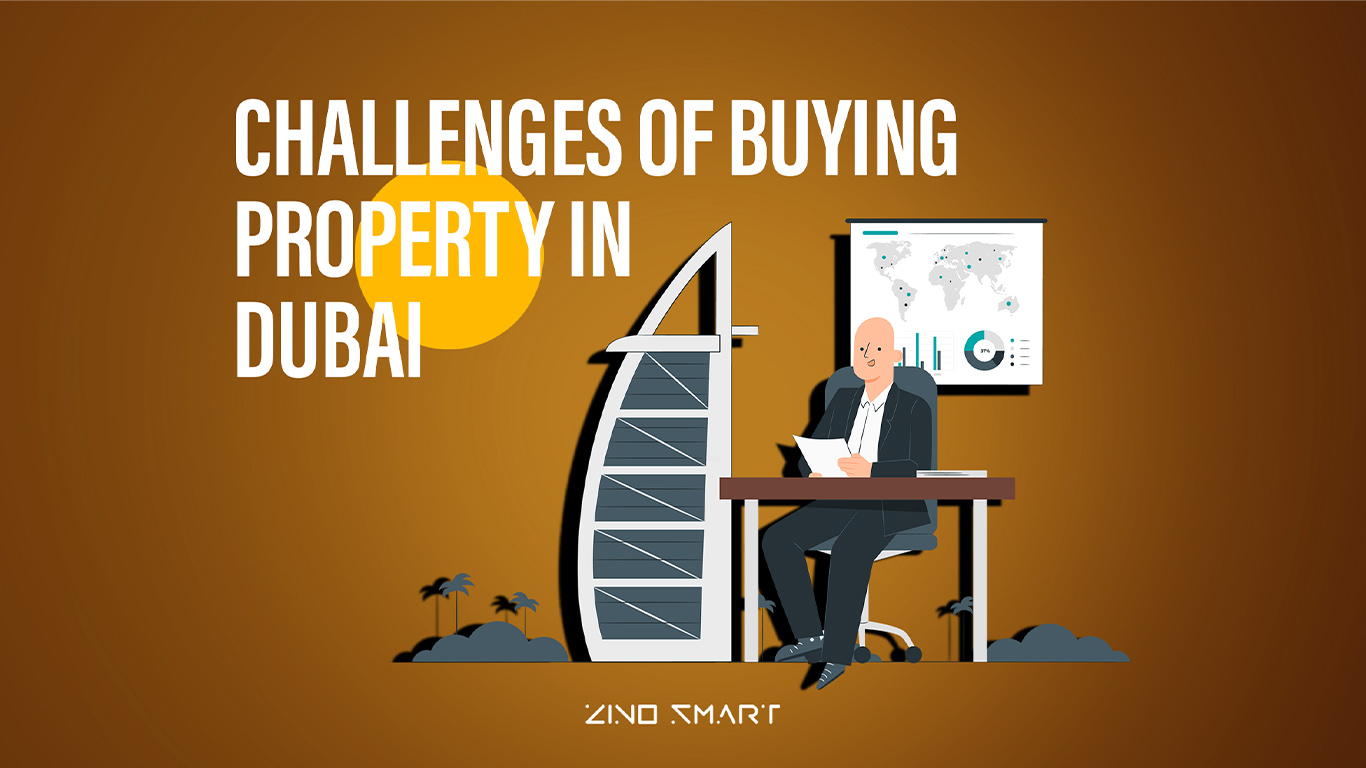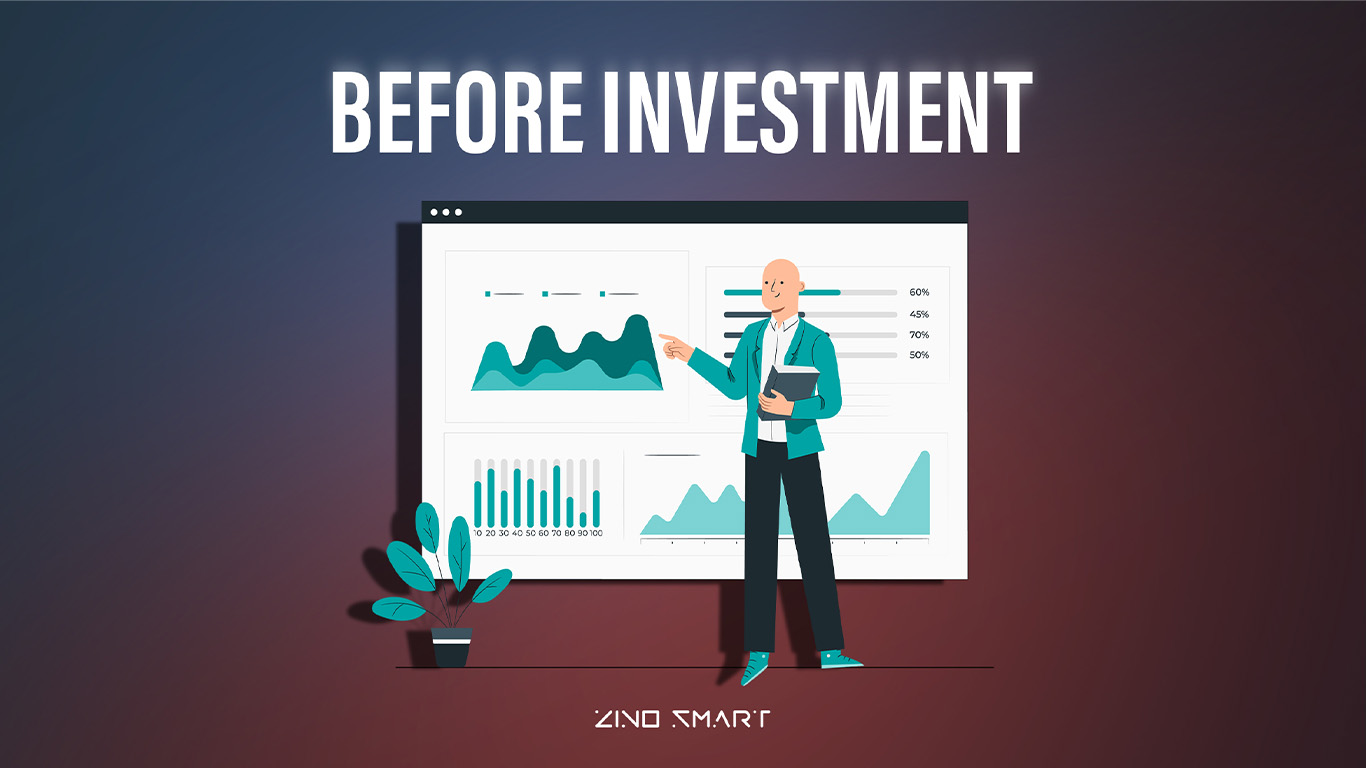Value A Property in the UAE: Sure, there’s always a price that real estate buyers are willing to pay, but it doesn’t necessarily mean it will be the “fair market value” of the property.
how to value a property in the UAE?
Unlike other consumer goods that can be quickly used, the benefits of a property are generally realized over a long period of time, which can span years or even decades.
Therefore, any property value estimations must consider economic and social trends like market activity and population migration in the relevant area. Factors influencing the valuation of a property include location.
floor plan, amenities, view, property size, energy efficiency/adaptability, profitability potential, transaction date, and much more.
Value A Property in the UAE
1. Market Approach
The Market Approach follows the principle that the value of one property can be derived by directly comparing it with market transactions of similar properties in the market. It’s pretty straightforward.
In a highly transacted market and area, this approach can be very useful as there’s plenty of recent comparable evidence.
If the market is purchasing properties drastically above their valuations, odds are the market is on the way to bursting a bubble in the area.

A property that has the market buzzing and is located in a popular area will naturally have a higher value than a relatively unknown property on the outskirts of the city.
Moreover, if let’s say a 1-bedroom in Dubai Marina, which is a popular area and a highly transacted market, has an average transaction price between AED 1 to 1.2 million, the valuation will come into that range.
2. Income Approach
The Income Approach is a bit more complicated in that the property’s value is derived from the income the property can provide the investor.
There are two ways to utilize this approach: the investment method and the profits method (which are considered 2 distinct ways for a property valuation).
3. Investment Method
In the investment method, the value is derived from the net rental income the property can generate and a capitalization factor based on the expected annual rate of return.
A property that is able to charge higher rent, while having below-market-average service charge costs, will obviously have a higher valuation.
4. Discounted Cash Flow Technique
Another form of the investment method is the discounted cash flow (DCF) technique. The key factors that influence a DCF valuation are rent, rental growth rate, discount rate, costs, and the disposable price at the end of the investment period.
5. Profit Method
The profit method, which is more common for commercial real estate, is used when the property’s value is derived by the trading potential of the business for which the property is meant for – this could be a cinema extension in a mall or a golf course in a country club.
6. Cost Approach
used to value real estate that does not usually sell on the open market, and where comparable evidence does not exist, such as public buildings and places of worship.
In some jurisdictions, this can be used to value proposed or recently built properties.
Value A Property in the UAE
Unlike other methods, which rely on comparable properties and the property’s ability to generate revenue, this approach is based on the assumption that the cost of a property should be equal to the cost of building a similar property from scratch.
This includes the value of the underlying land and the value of site improvements/constructions, minus the depreciation costs of the improvements.
Public government buildings aren’t transacted on the market and places of worship don’t get rented out to tenants. That’s why the cost approach can come in handy for valuators.



